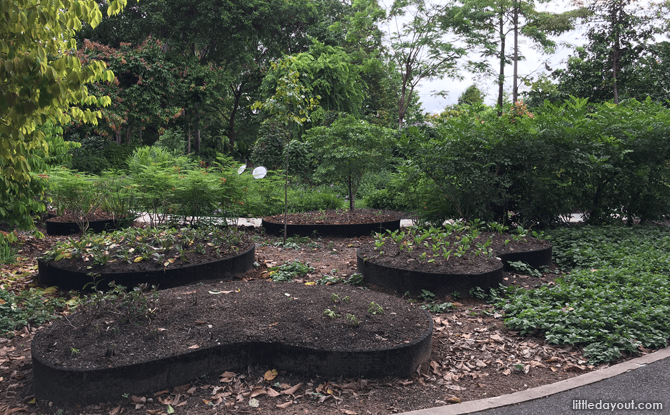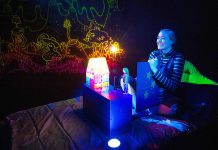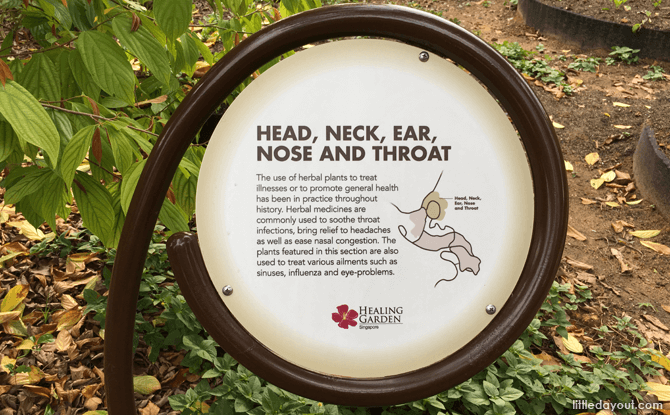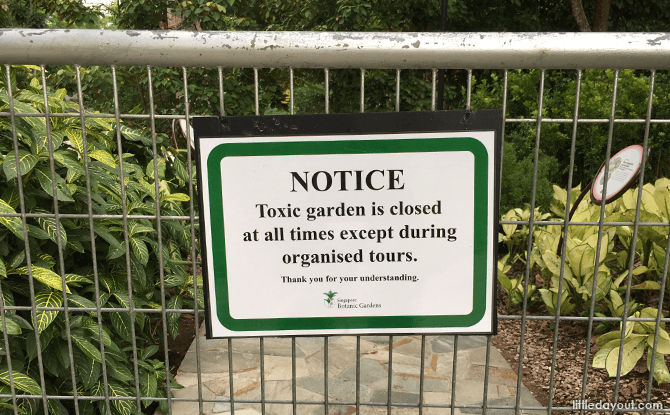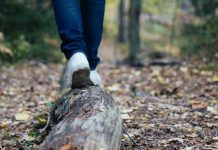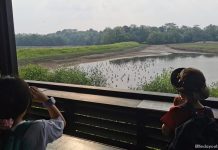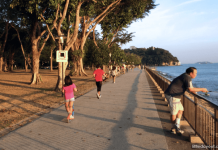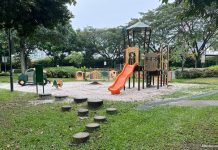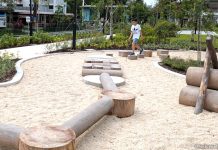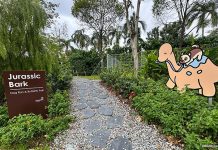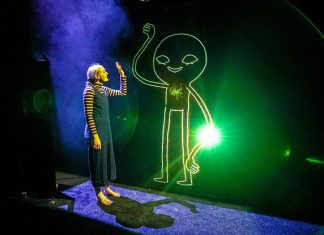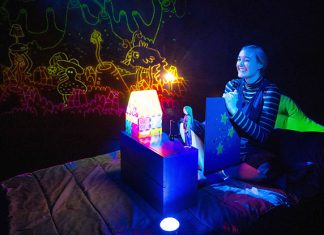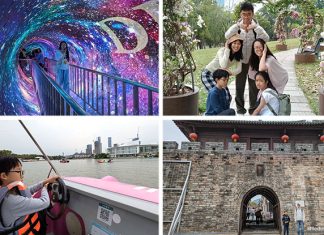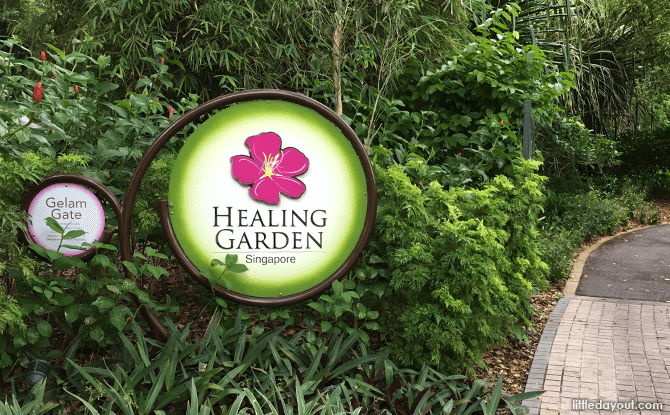
In the past, plants and other flora served as an important source of remedies for ailments. Even today, many tonics and balms are concocted from natural sources and, by some estimates, tens of thousands of plant species are used in modern medicines. The Healing Garden at Singapore Botanic Gardens holds a collection of plants from the Southeast Asian region regarded to have medicinal value.
The Medicinal Value of Plants
The 2.5 hectare Healing Garden is divided into different sections. Almost like a hospital, plants are grouped together based on the parts of the human body they have been used to treat. In fact, the Healing Gardens’ overall physical layout takes the form of a crouching human body with plants laid out accordingly.
Ear, nose and throat? Respiratory and circular system problems? Muscular, skeletal or dermatological issues? Explore the various plants, fruit and even flowers that have been used to treat different illnesses.
FREE FOR LITTLE DAY OUT PARENTS: Sign Up for a Free Trial with ACT 3 Academy to Find Out If Drama Classes are Right for Your Child
3 Recycling Adventures: Fun Ideas For Kids & Families
1:1 & Small Group English Lessons: How to Get Personalised, English Help
Just in case visitors are tempted to treat the Healing Garden is a natural apothecary store, signboards offer gentle reminders not to take anything from the garden but photographs.
An Educational Walk
Informative panels placed around the garden allow visitors to learn more about the plants in front of them. To fully appreciate the flora of the garden, pause at the panels to read the information.
For example, did you know that henna which is commonly used as a decorative dye can also be used to treat boils and warts? Or that Thai ginger has been used to treat indigestion, fever and even rheumatism?
Take note that the information provided at Healing Garden is intended for educational purposes only and visitors are cautioned not to use it for anything more than that.
One forbidden section of the Healing Garden is the toxic plants section. Set behind a fence and locked gate, visitors are only able access this part of the gardens with a guide. Inside are plants such as the pong pong tree which has both toxic and healing properties.
Even if you don’t get to visit the intriguing Toxic Plants section on a visit, you can still enjoy the rest of the gardens and the education value they bring.
Visiting The Healing Garden at Singapore Botanic Gardens
The Healing Garden at Singapore Botanic Gardens was launched in 2011 and is open from 5.30 am to 7.30 pm Wednesdays to Mondays. It is closed on Tuesday, except when it is a Public. Holiday. Admission is free.


